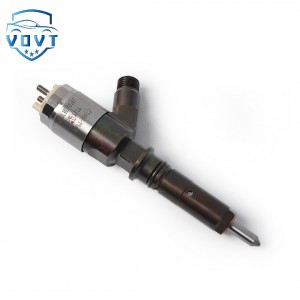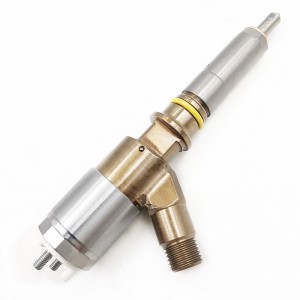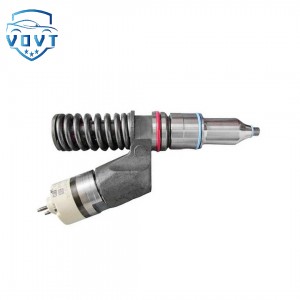High Quality Diesel Fuel Injector 320D 326-4700 Common Rail Injector Engine Parts
Products Description
| Reference. Codes | 326-4700 |
| Application | 236-0962 engine injectors |
| MOQ | 4PCS |
| Certification | ISO9001 |
| Place of Origin | China |
| Packaging | Neutral packing |
| Quality Control | 100% tested before shipment |
| Lead time | 7~10 working days |
| Payment | T/T, L/C, Paypal, Western Union, MoneyGram or as your requirement |
Factors affecting injector performance
Working process of fuel injector
The working of fuel injector is precisely controlled by engine control unit (ECU). During the operation of engine, ECU calculates the fuel quantity and injection timing required under the current working condition of engine in real time according to the signals from various sensors, such as air flow sensor, throttle position sensor, crankshaft position sensor, etc. When the injection time is reached, ECU sends electric pulse signal to electromagnetic coil of fuel injector. After receiving the signal, electromagnetic coil quickly generates magnetic field, which attracts needle valve to move upward against the elastic force of spring, thus opening injection hole. Under the action of fuel system pressure, fuel is sprayed out through injection hole at a certain angle and atomized state. When the electric pulse signal ends, the magnetic field of electromagnetic coil disappears, and the spring force makes needle valve return quickly, close injection hole and stop injection. By precisely controlling the width and frequency of electric pulse signal, ECU can accurately control the injection quantity and injection time interval of each time to meet the fuel demand under different working conditions of engine.
Factors affecting fuel injector performance
Fuel quality: High-quality fuel can ensure the normal operation of fuel injector. If the fuel contains impurities, moisture or colloid, it is easy to form carbon deposits inside the injector or block the spray hole, affecting the injection effect and atomization quality of the fuel. Long-term use of inferior fuel may also cause corrosion and wear of the injector components, shortening the service life of the injector.
Injection pressure: The injection pressure has a direct impact on the injection speed and atomization effect of the fuel. Appropriate injection pressure can make the fuel fully atomized during the injection process and evenly mixed with the air. If the injection pressure is too low, the fuel injection speed is slow and the atomization effect is poor, which will lead to incomplete combustion, reduced engine power and increased fuel consumption; if the injection pressure is too high, the fuel injection may be too concentrated, which is not conducive to the mixing of fuel and air, and may also cause damage to the injector components.
Cleanliness of the injector: After long-term use, the injector is prone to carbon deposits and dirt inside and around the spray hole. These carbon deposits will affect the movement flexibility of the needle valve, resulting in poor or uneven injection. In addition, carbon deposits may also change the injection characteristics of the injector, causing the fuel injection angle to change, further affecting the mixing effect of fuel and air.
Fault detection and maintenance of injectors
Fault detection method: You can use professional diagnostic equipment to read the fault code in the engine control unit to determine whether there is a fault related to the injector. You can also determine whether the electromagnetic coil is normal by detecting the resistance value of the injector. Generally, a multimeter is used for measurement and the measured value is compared with the standard value. In addition, you can also preliminarily determine whether the injector has a fault by observing the running status of the engine. For example, if the engine shakes, accelerates poorly, and idles unsteadily, it may be related to the injector.
Common fault maintenance: For the fault of injector blockage, professional injector cleaning agents can usually be used for cleaning. You can use a non-disassembly cleaning device to add the cleaning agent to the fuel system and let the engine clean the injector during operation. If the blockage is more serious, you may need to remove the injector and use ultrasonic cleaning equipment for a more thorough cleaning. If the electromagnetic coil of the injector is damaged, it is generally necessary to replace a new electromagnetic coil or the entire injector. When replacing the injector, you need to pay attention to selecting the injector that matches the vehicle model and install it according to the correct installation steps. After installation, you also need to calibrate and match the injector to ensure its normal operation.

























